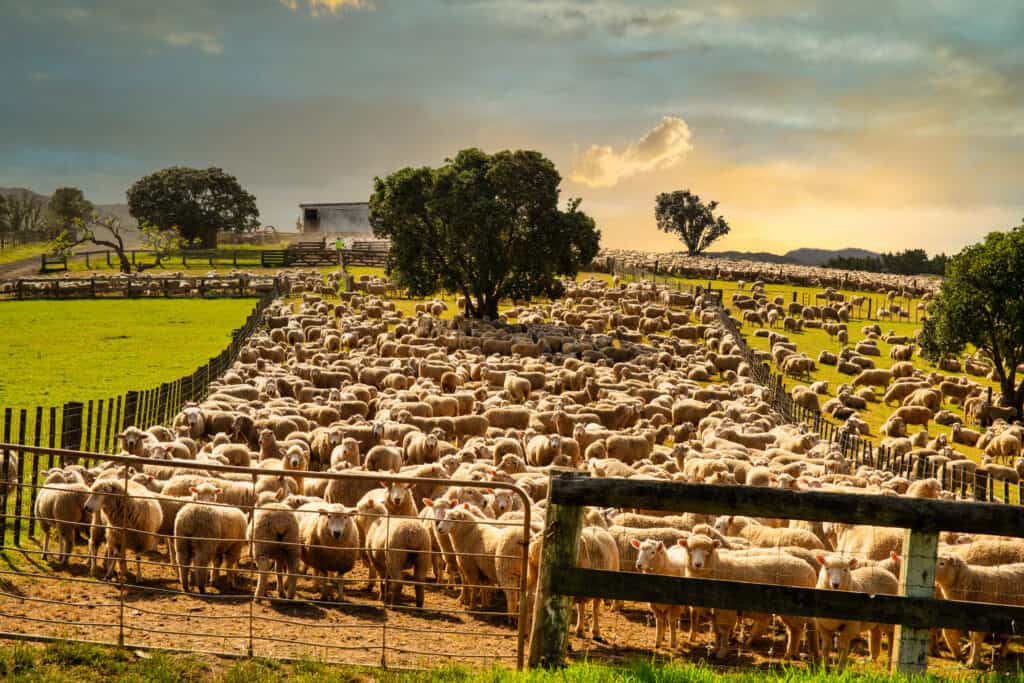
Cattle Market Sees Uplift
This week, the Australian cattle market experienced a general uplift, buoyed by increased producer confidence as the Christmas holiday season approaches. Cattle yardings rose significantly to 86,857 head, marking the largest weekly yarding since November 2019.
The heavy steer indicator increased by 24¢ to 262¢/kg live weight (lwt). Notably, prices in Victoria and New South Wales, which together account for over 70% of the indicator, saw a rise. However, in Queensland, prices eased slightly due to a substantial increase in throughput, aligning the state’s indicator more closely with the national average.
Sheep and Lamb Market Trends
The sheep and lamb markets also witnessed a price increase over the week. Total yardings rose by 69,370 to 412,418 head, with lamb yardings increasing by 51,442 to 286,068 and sheep yardings by 17,928 to 126,350 head.
The heavy lamb indicator saw a significant rise of 88¢ to 626¢/kg carcase weight (cwt). This increase was consistent across all states and nearly every saleyard. The National Livestock Reporting Service (NLRS) highlighted competitive bidding for heavy lambs at Wagga, which drove the price up by 115¢ to 717¢/kg cwt.
The mutton indicator also increased, albeit modestly, by 4¢ to 209¢/kg cwt. Price variations across states were noted, with a decrease in New South Wales by 4¢ to 225¢/kg cwt and an increase in Victoria by 18¢ to 202¢/kg cwt. The NLRS reports that this variation is largely due to differences in quality, with a stronger demand for heavier, finished mutton compared to smaller animals.
Slaughter Figures
In the week ending 1 December 2023, cattle slaughter decreased by 4,504 to 123,950 head. South Australia was the only state to see an increase in slaughter numbers, up by 668 or 20%. Queensland, the largest processing state, saw a decrease of 4,093 head to 61,820, while New South Wales numbers dropped by 309 to 33,513.
Lamb slaughter numbers also fell from the record levels of the previous week, decreasing by 27,361 to 466,417. This trend was observed across all states, with notable decreases in New South Wales and Tasmania.
Sheep slaughter, however, rose by 20,280, supported by an 18% increase in New South Wales to 97,533. The combined slaughter figures remained relatively stable, falling by 7,181 head week-on-week to a total of 672,638.
Red Meat Exports
November saw a 6% decrease in red meat exports from October, but a 35% increase from November last year, totalling 166,310 tonnes. Beef exports rose by 35% year-on-year to 93,802 tonnes, while lamb and mutton exports increased by 30% and 39% respectively.
China remained the largest overall market, with a 25% year-on-year increase in red meat exports to 37,685 tonnes. Notably, beef exports to the United States rose by 108% year-on-year to 19,539 tonnes, making it the largest beef market for the month and the year so far.



